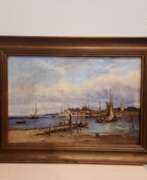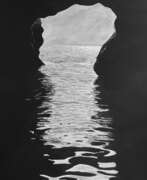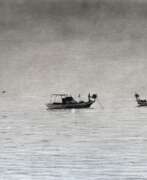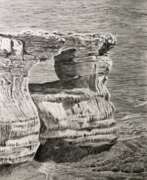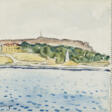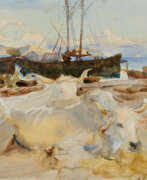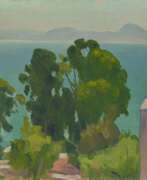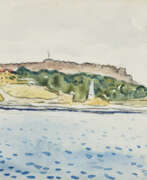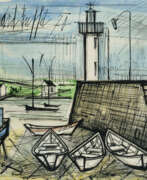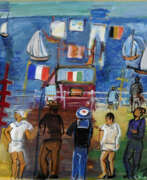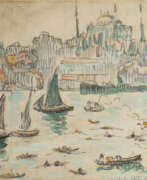Marine art

Marine art
Marine art, a genre that flourishes through its intimate connection with the sea, has been an important part of cultural heritage across various eras and geographies. Originating from the need to capture the vastness and mystique of the sea, marine art has evolved through centuries, from simple ship portraits to dynamic seascapes embodying the spirit of the sea.
The earliest examples of marine art can be traced back to ancient civilizations, such as Egypt, where model boats were created as part of funerary practices. As we move into the Gothic period, items like the nef, intricate ship-shaped goldsmith's work, became popular in Europe. These early instances show the long-standing human fascination with the sea and its representation in art.
In the Renaissance, particularly in Venice, marine art saw a significant flourish with artists like Vittore Carpaccio, who often depicted Venetian canals and docksides. The Dutch painters, Van de Velde the Elder and the Younger, brought a new dimension to British marine art in the 17th century. Their work set a standard that influenced British marine art for the next century.
The Romantic era, however, marked a significant shift in marine art. The genre became a medium to portray not just physical but emotional and atmospheric turbulence. Artists like Claude Lorrain and Théodore Géricault used seascapes to depict intense emotional states and dramatic scenes.
The 19th century saw a renewed appreciation for nature’s beauty in marine art, aligning with the Romanticism movement. This era marked a shift from man's triumphs to the beauty of the natural world, with artists like Ivan Aivazovsky and J. M. W. Turner gaining prominence. Turner, in particular, is noted for his unique approach, focusing solely on the sea, sun, and sky, transforming seascapes into a primary subject matter in their own right.
Entering the 20th and 21st centuries, Impressionism and modern, realistic styles began to dominate. Artists like Claude Monet chose the sea as their landscape, painting famous scenes like the cliffs at Etretat and views from Le Havre. This period also saw the rise of artists like Montague Dawson and John Steven Dews, who continued to explore the sea in various artistic styles.
Marine art, with its rich and varied history, continues to captivate collectors and enthusiasts. For those interested in marine art, especially collectors and art experts, understanding the evolution of this genre, from its early origins to modern interpretations, is crucial. The genre not only offers aesthetic pleasure but also serves as a portal into the history and heritage of maritime culture.
If marine art piques your interest, especially in relation to collecting or staying updated on auction events, consider signing up for updates. This subscription will keep you informed about new product sales and auction events related to marine art, ensuring you're always at the forefront of this fascinating genre.
| Country: | Asia, Europe, North America, Russia |
|---|---|
| Start of the period: | XI century |
| End of the period: | XXI century |

